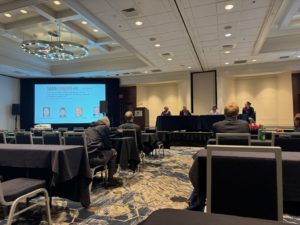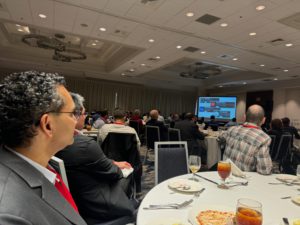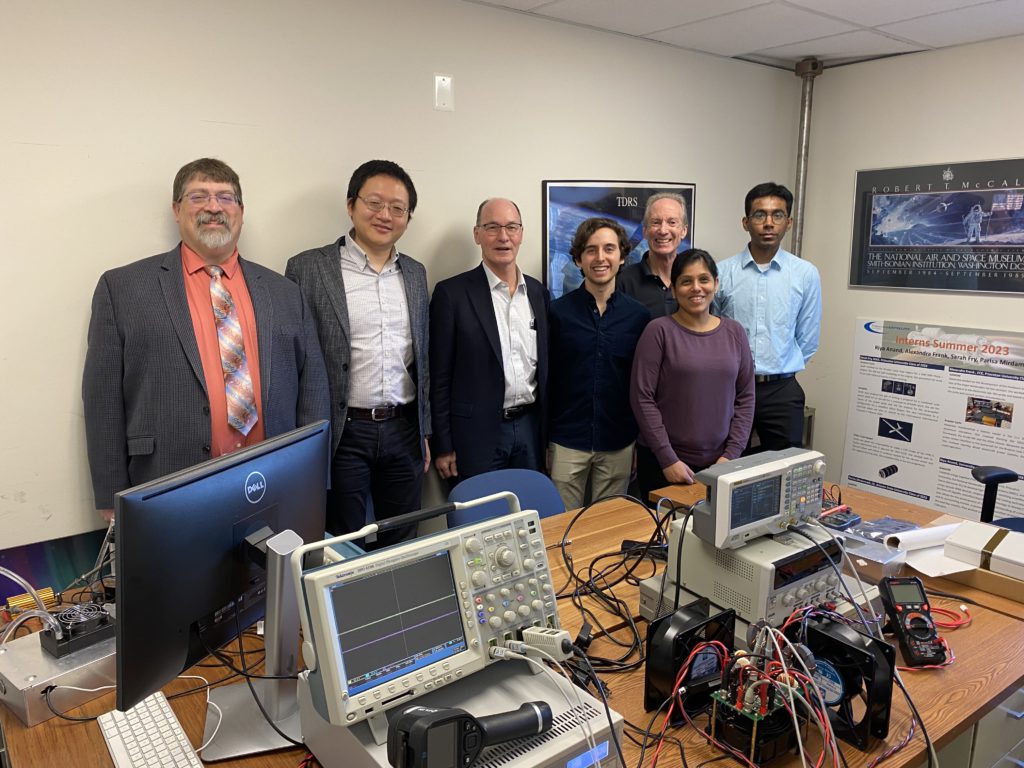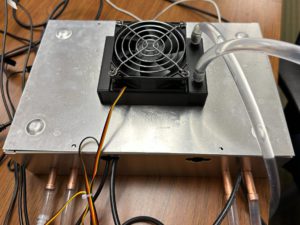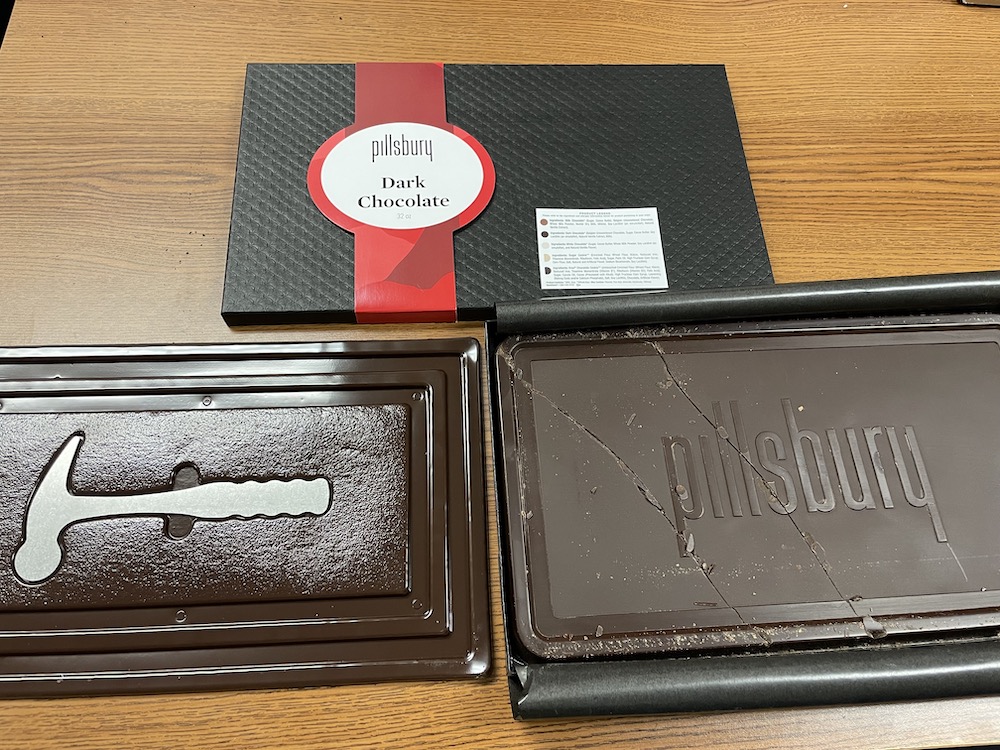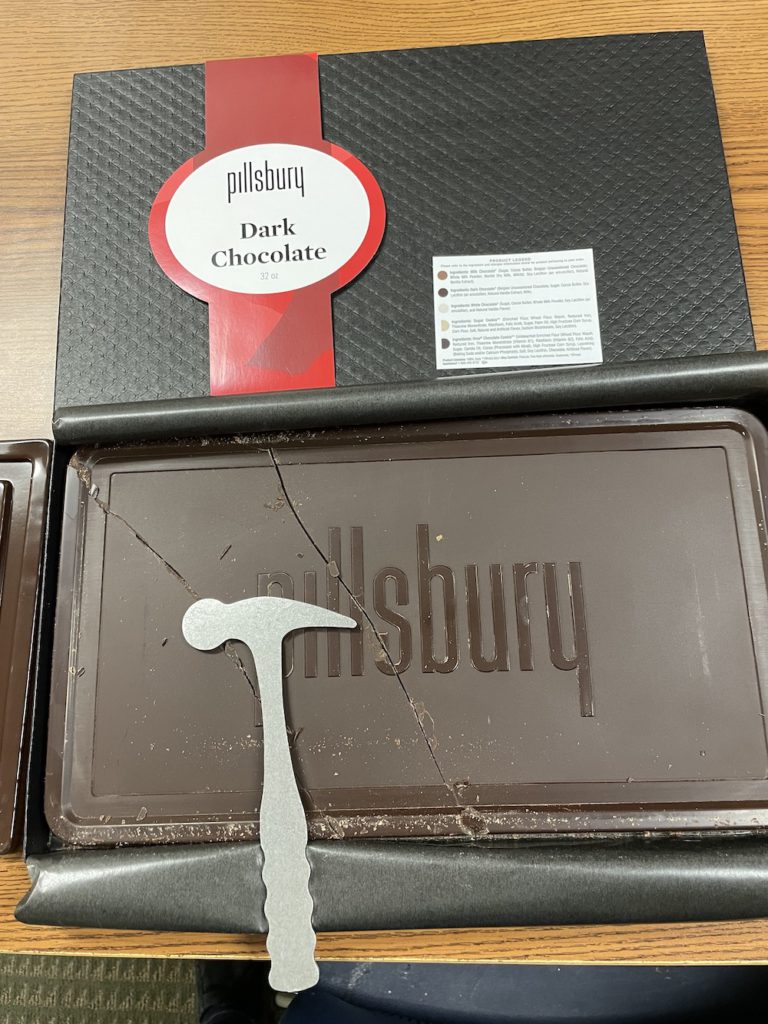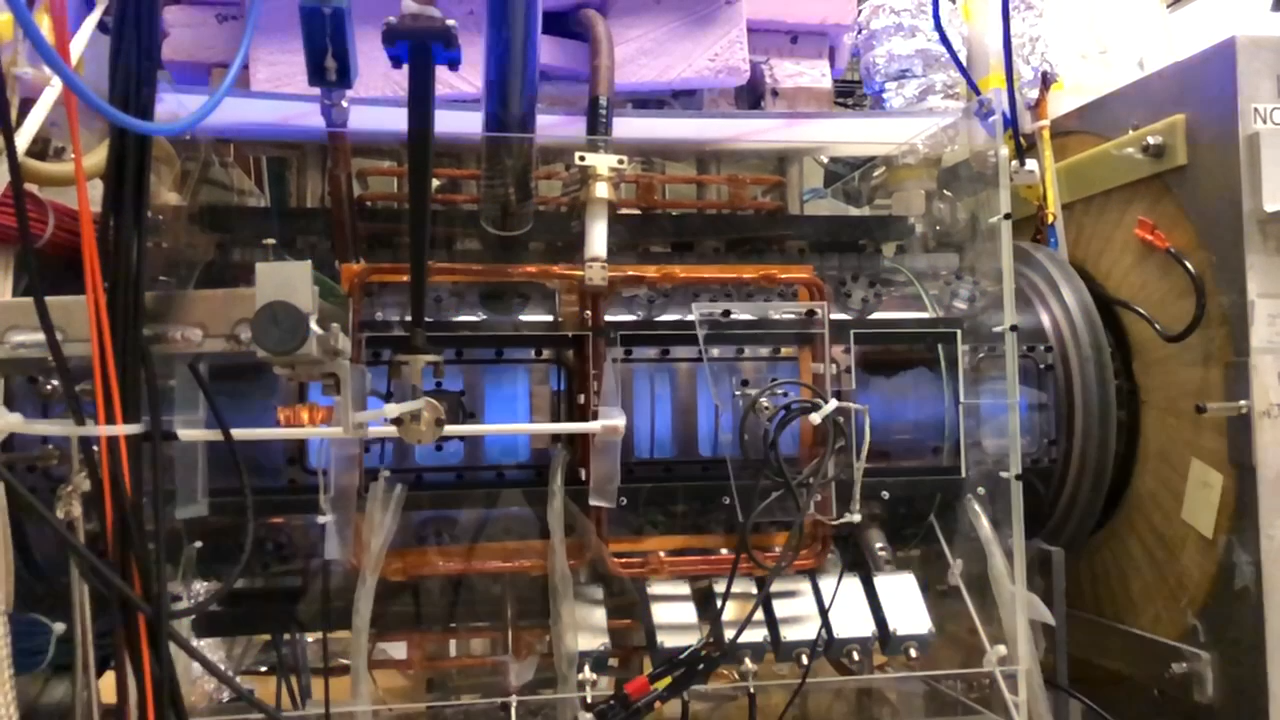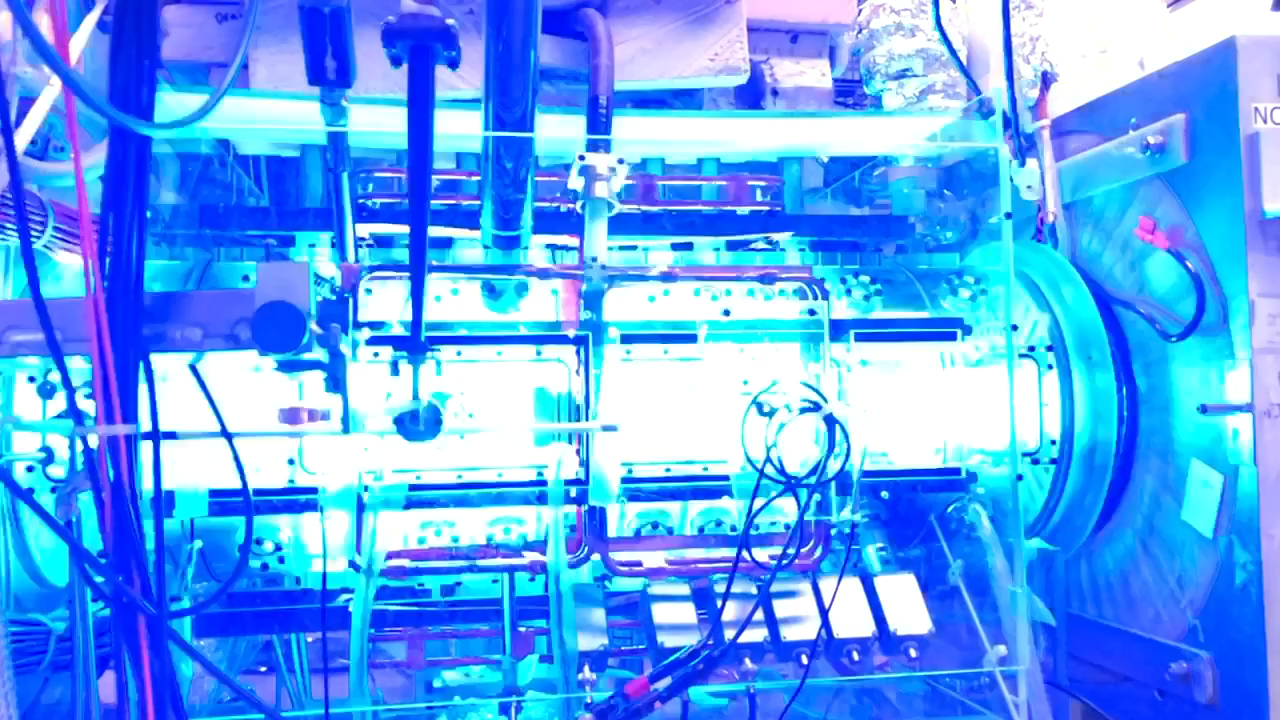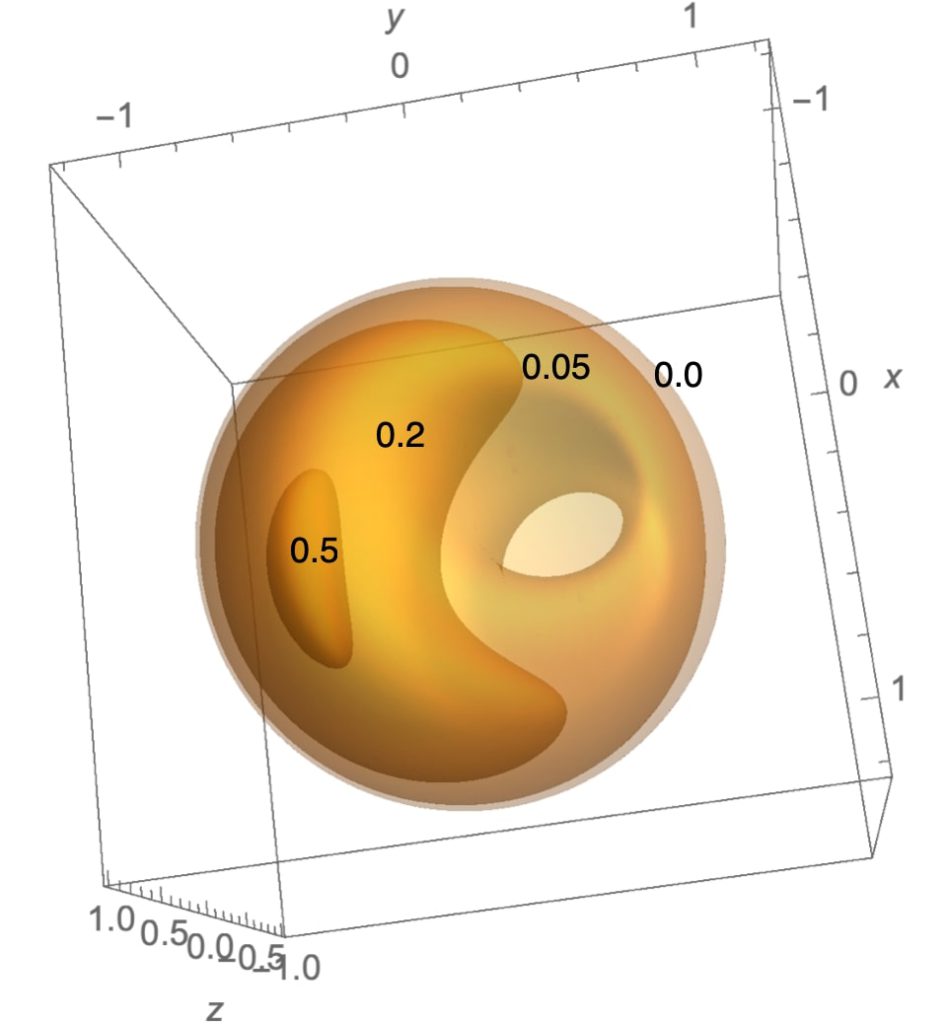In late March 2024, I attended the SEMI-THERM symposium held at San Jose, CA. In this conference, I presented our research work on thermal modeling and testing of the Load Switch that we had built under our APRA-E GAMOW project.
The short course by Prof. Alfonso Ortega, James R. Birle Professor of Energy Technology and Mechanical and Sustainability Engineering from Villanova University, and Dr. Luca Amalfi, CEO of Seguente Inc., was refreshing. A part of the presentation that was eye-opening was the physics behind liquid cooling and the do’s and don’ts for liquid cooling systems.
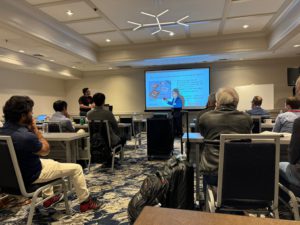
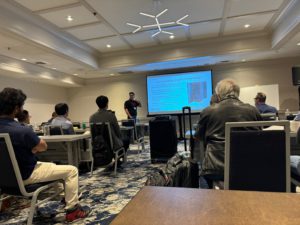
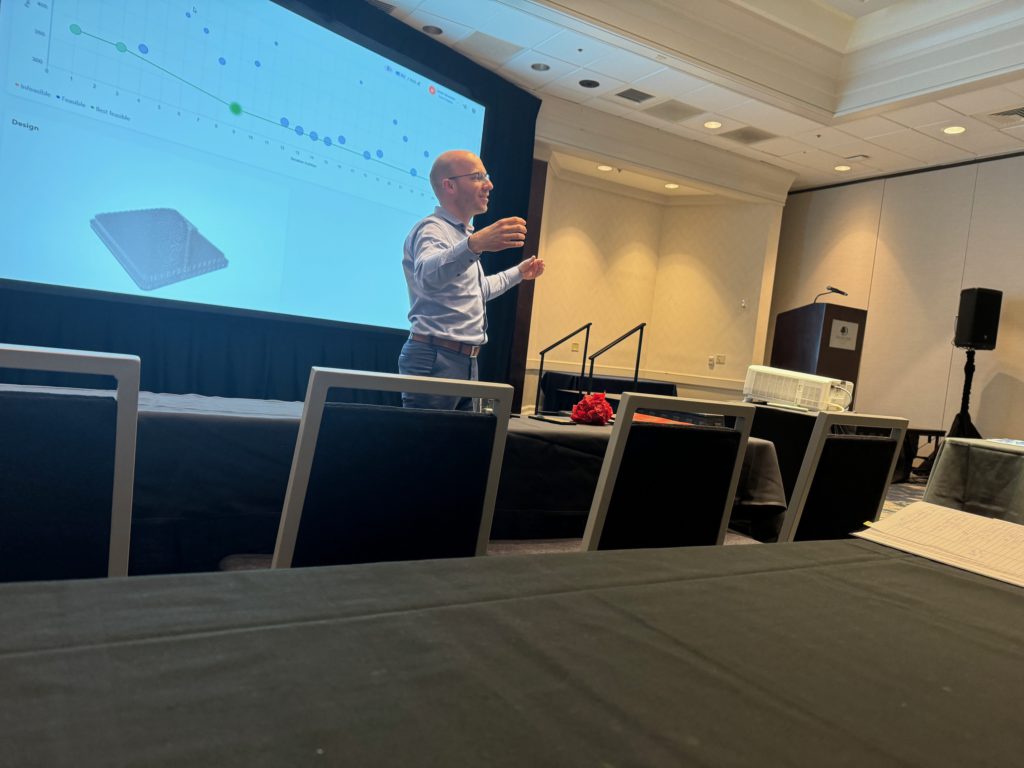
It was a pleasure to meet David L. Saums, Lieven Vervecken (CEO of Diabetix), Wendy Luiten a thermal consultant, and Bob Schuch who took care of the SEMI-THERM registrations and helped with all the information I needed. During my presentation I got to meet Kiran Hota from Advanced Cooling Technologies. There were many people whom I met during the symposium, we had great discussions about thermal modeling of PCBs and cooling of Data Centers. A few other people I met included Azad Aziz from Honeywell, Yasmin Khakpour from RTX Research Center, Chau Ho who is the Principal Thermal Architect of Meta and previously at Microsoft, Intel, & Boeing Corporation, and Ajinkya Mahahjan from Smiths Interconnect.
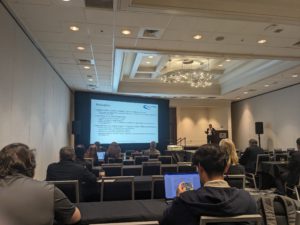
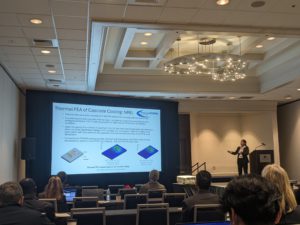
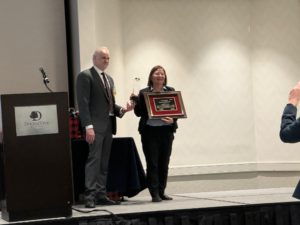
It was great to learn from Wendy Luiten on linear regression. She has won the Thermi Award for her work in various roles in Philips R&D for 30+ years. It was a delight to hear her presentation about her research on Thermal Analysis and building a Flat TV.
Another interesting lunch talk was by Sarah da Silva Andrade. She discussed on Professional Approaches to Scientific Communication and Digital Engagement.
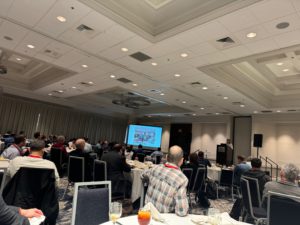
Additionally, there was a panel discussion on Artificial Intelligence and its implication for Thermal Engineers.
